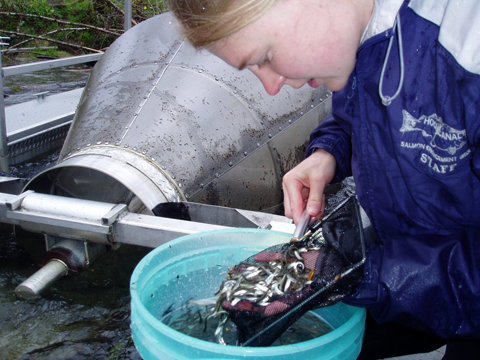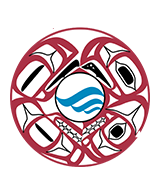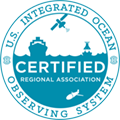Fisheries & Marine Life
Fisheries management today is a complex environment involving cooperative processes which include U.S. federal, multi-state, multi-tribal and Canadian representatives.

- Inland fisheries are managed by the states of California, Oregon, Idaho and Washington.
- The Pacific Fishery Management Council (PFMC) manages the coastal waters to 200 miles off the coasts for Washington, Oregon and California.
- The annual North of Falcon process governs the inland marine water for salmon fishing in Puget Sound, Willapa Bay, Grays Harbor and Washington State rivers.
- Salmon and steelhead fisheries in the Columbia River and its tributaries are co-managed by the states of Washington, Oregon and Idaho, four treaty tribes and other tribes that traditionally have fished in those waters.
- The 1985 Pacific Salmon Treaty, developed cooperatively by the U.S. and Canada, is implemented by the eight-member bilateral Pacific Salmon Commission (PSC), which includes representatives of federal, state and tribal governments across both borders.
There is a growing need for information on a larger scope to support these management organizations, including habitat evaluations, recruitment and dispersal analysis, harvest rates and totals, and ecosystem monitoring.
Areas of Emphasis
Maritime Operations |
Coastal Hazards |
Fisheries & Marine Life |
Marine Ecosystems |
Weather & Climate |
Related Topics
Harmful Algal Blooms
Ocean Acidification
Coastal and Estuarine Hypoxia
Coastal & Marine Spatial Planning
Related NANOOS Products
Forecast Information and Data Products for Fishers
Information and data products oriented towards commercial and recreational albacore tuna fishing communities.
Puget Sound Networked Profiling Buoy
Data from a profiling buoy located at Point Wells (north of Seattle). The sensor package measures a depth profile of oceanographic variables every hour from the sea surface to the sea bed.
Puget Sound ORCA
Oceanic Remote Chemical Analyzer (ORCA) measures physical, chemical, and biological water characteristics in Hood Canal.
Water Quality Data for Shellfish Growers
Real-time Water Quality Data for Shellfish Growers. A pilot project between NANOOS and the National Estuarine Research Reserve System.
CMOP/NANOOS Phoebe Glider (Quinault) Transect
Research mission is to support sustained characterization of events and gradient regions in the Washington shelf, with focus on the Grays Harbor line, and help enhance models.
NANOOS members involved in this effort include:
Northwest Indian Fisheries Commission
Oregon Health and Science University
King County Dept. of Natural Resources and Park
NOAA Northwest Fisheries Science Center
NOAA Olympic Coast National Marine Sanctuary
Oregon Dept. of Fish and Wildlife
Washington Dept. of Fish and Wildlife
Hood Canal Salmon Enhancement Group
Pacific Northwest Salmon Center
Columbia River Crab Fisherman's Association
| National Observing System Partners Alliance for Coastal Technologies (ACT) Southeastern Universities Research Association (SURA) Integrated Ocean Observing System IOOS | |||||||

